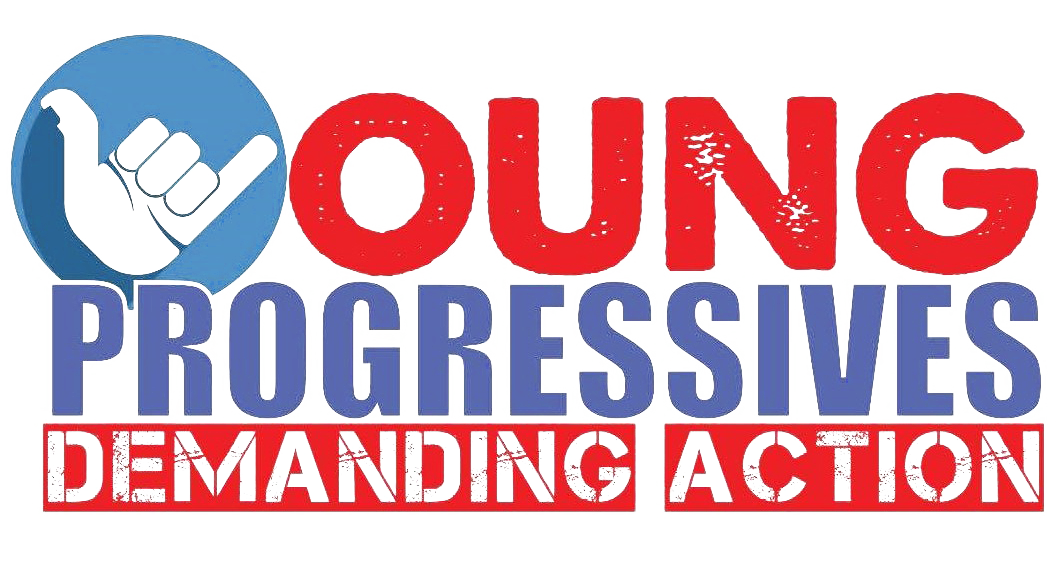Facebook event: https://www.facebook.com/events/451551938707487/
The Human Environmental Impacts Committee of the Environmental Caucus presents an Informational Briefing on the Red Hill Underground Fuel Storage Tanks and what the U.S. Navy proposes to do to avoid risks of leaks. What the U.S. Navy wants is not what the Ernest Lau of the Board of Water Supply and Carroll Cox of EnviroWatch, among others want. Come and listen to what Mr. Lau and Mr. Cox have to say about Red Hill.
In January 2014, there was a 27,000-gallon leak of jet fuel from Tank 5 at the U.S. Navy’s Red Hill Bulk Fuel Storage Facility. This underground storage tank (UST) – along with 19 others like it in the Red Hill area – is able to contain up to 12.5 million gallons of fuel for the U.S. Navy. These tanks are located 100 feet above the groundwater aquifer, which the BWS uses to provide water to residents from Moanalua to Hawaii Kai.
The Red Hill Bulk Fuel Facility continuously stores 187 million gallons of fuel in 70+ year-old tanks that are located just 100 feet above a State designated drinking water aquifer. The BWS uses water from this aquifer to serve residents from Moanalua to Hawaii Kai. Navy studies show the groundwater underneath and within close proximity to the tanks is already contaminated with petroleum chemicals. These studies also document leaks dating back to 1947, continuing corrosion of the tank liners, and the risk of a large catastrophic fuel release. If such a release occurred, it could pollute the aquifer and our water supply for many years. A catastrophic fuel release could occur as the result of structural failure of the tanks caused by an earthquake. This could result in more than a million gallons of fuel released into the groundwater and potentially several million gallons to Halawa Stream and Pearl Harbor.
To protect the aquifer's long-term ability to provide safe drinking water, the BWS urges the Navy, EPA, and Hawaii DOH to:
• double line the tanks (Option 3). If not, then relocate away from the potable water aquifer;
• meet the same regulatory requirements as all other USTs; and
• clean up the fuel that is already underneath the tanks to reduce the long-term threat to other wells in the area.
